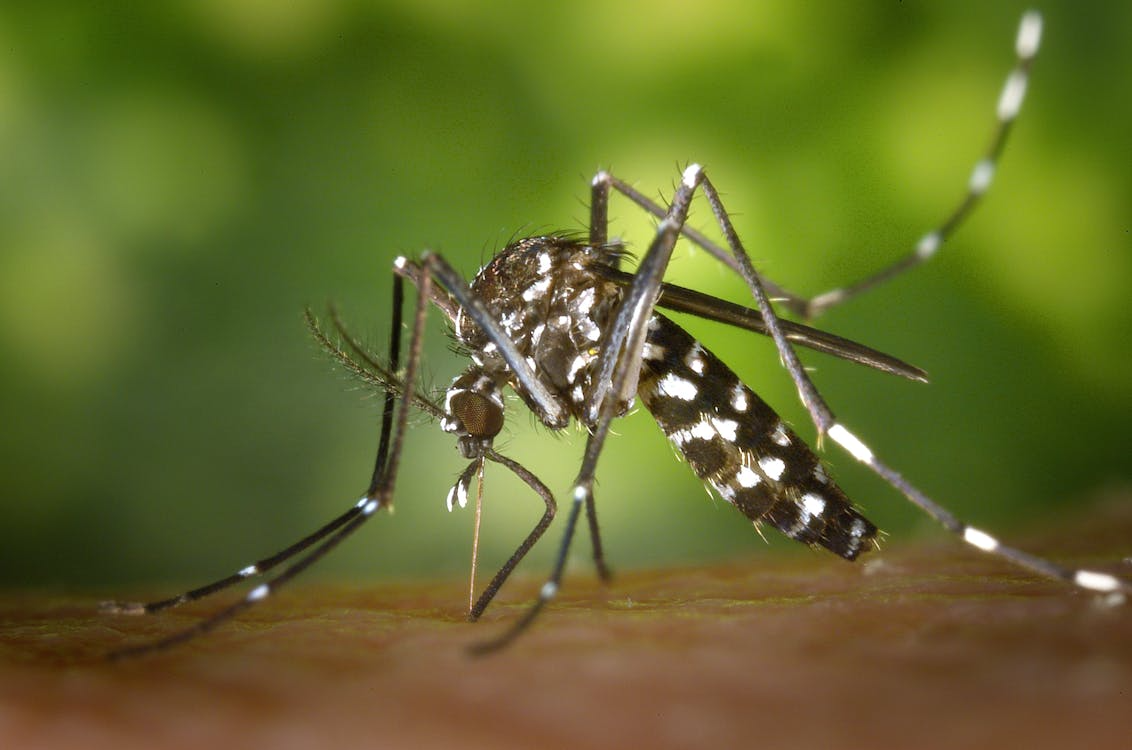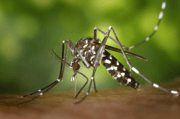
China is grappling with a massive public health emergency—and it’s spreading fast.
What began as a few isolated cases in Guangdong Province has surged into the country’s largest-ever chikungunya outbreak, prompting urgent warnings for travellers.
As fears grow that the virus could cross borders, Australian seniors planning trips to Asia are being urged to take extra precautions.
China’s health authorities have confirmed more than 16,500 chikungunya cases, with the outbreak centred in the manufacturing hub of Foshan City.
The virus has since spread to neighbouring cities including Guangzhou, Shenzhen, Hong Kong, and Macao, prompting the US CDC to issue a Level 2 travel advisory for Guangdong Province calling for ‘enhanced precautions’.
Experts are particularly concerned about older Australians who may face higher risks of severe illness.
Why this outbreak matters for older Australians
The elderly, the very young, and people with chronic health conditions such as diabetes or heart disease are at heightened risk of severe complications from chikungunya.
According to health experts, older adults—particularly those over 65—are more vulnerable to prolonged joint pain, cardiac issues, and, in rare cases, fatal outcomes.
While most infections resolve within weeks, some sufferers experience chronic arthritis lasting months or even years.
Those who are immunocompromised, elderly, or very young are most likely to develop serious complications, including heart damage.
The outbreak’s unprecedented scale
Between 1 January and 30 September 2025, the World Health Organization reported 445,271 suspected and confirmed chikungunya cases and 155 deaths across 40 countries.
A WHO bulletin on 22 July 2025 warned that billions of people are now at risk as the virus spreads more rapidly through tropical and subtropical regions.
This marks China’s largest recorded chikungunya outbreak, prompting aggressive containment efforts including quarantines, drone-based fogging, and strict mosquito control enforcement.
Local authorities have distributed mosquito nets, sprayed insecticides, and, in some cases, compelled infected individuals to receive hospital treatment.
What travellers need to know about symptoms
Chikungunya, whose name originates from a Tanzanian term meaning ‘to become contorted’, causes intense joint pain that can make walking or even standing difficult.
Symptoms typically appear three to seven days after a mosquito bite and include fever, headache, muscle and joint pain, swelling, and rash.
Most people recover within a week, but older adults often experience lingering joint pain that can last for months or years.
In severe cases, the infection may cause encephalitis or heart complications.
Travel warnings and vaccination options
Health experts advise that travellers to outbreak zones consider vaccination before departure.
Pregnant women—especially those close to delivery—should reconsider travel to affected regions.
Available chikungunya vaccines
There are two effective and FDA-approved vaccines that lower the risk of infection: IXCHIQ, which uses a weakened, noninfective form of the virus, and VIMKUNYA, which is based on virus-like particles.
However, the vaccine is currently limited to travel jabs as the World Health Organization has not prequalified a chikungunya vaccine for use in outbreaks.
Australian travellers over 65 or those with existing medical conditions are urged to speak with a travel medicine specialist well before flying.
For pregnant women, vaccination should be postponed until after delivery.
The Australian connection and future risks
No chikungunya cases linked to this outbreak have been reported in Australia so far, but experts warn that the risk of importation cannot be ignored.
A person infected overseas could return home while still contagious, raising concerns in regions where the Aedes mosquito—the main carrier—already exists.
While the UK remains at low risk for sustained transmission, climate change is allowing Aedes species to move further north through Europe, and similar environmental shifts could heighten future risks in Australia.
Mosquitoes driving the spread
Chikungunya fever is transmitted by Aedes aegypti and Aedes albopictus mosquitoes—the same species that spread dengue and Zika.
Weeks of rain and high humidity across southern China have created ideal breeding conditions, driving the rapid increase in infections.
Experts say climate change, urbanisation, and global travel are all helping arboviruses like chikungunya expand their reach.
Prevention strategies for travellers
- Use insect repellent containing DEET, picaridin, or oil of lemon eucalyptus
- Wear long-sleeved shirts and long pants, especially during dawn and dusk
- Stay in accommodations with air conditioning or window/door screens
- Remove standing water around accommodation areas
- Consider vaccination if travelling to outbreak areas
- Seek medical attention promptly if symptoms develop during or after travel
Looking ahead: A wake-up call
The Guangdong outbreak—with more than 7,000 cases reported since July—underscores how quickly mosquito-borne diseases can spread in today’s interconnected world.
With chikungunya cases already appearing in France and Italy, health authorities warn that global travel and warming climates are accelerating the spread of Aedes-borne viruses.
Although death from chikungunya remains rare and there is no specific cure, prevention remains the best defence—especially for older Australians.
What This Means For You
China’s largest chikungunya outbreak has now surpassed 16,500 confirmed cases, underscoring the urgency of staying informed before travelling abroad.
Older adults face the greatest risk of developing long-term joint pain or serious illness if infected, making it vital to take extra precautions.
Although vaccines exist, they are currently limited to travellers, meaning prevention through awareness and mosquito protection remains key.
With climate change and global travel helping mosquito-borne viruses spread faster than ever, it’s a timely reminder to plan ahead, stay protected, and make informed choices before your next adventure.
If you found this story concerning, you’re not alone—mosquito-borne viruses are cropping up in more and more unexpected places, changing how we think about safe travel destinations.
A similar health alert recently made headlines after another tropical hotspot reported an unusual surge in infections, prompting urgent warnings for holiday-goers.
It’s a reminder that even the most idyllic destinations can carry hidden risks when global travel and changing climates collide.
Read more: Health officials raise red flags after unexpected illness hits a favourite tropical destination
Losing access to safe travel destinations can be unsettling—but being informed is the first step to staying protected. Have you ever cancelled or postponed a trip due to a health warning abroad?







